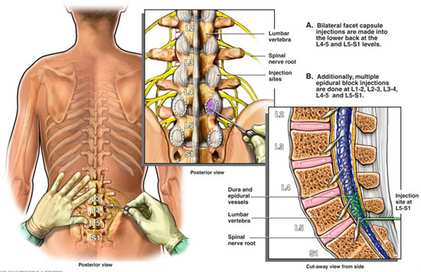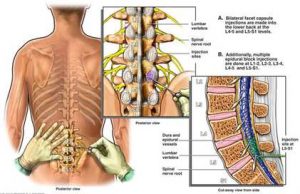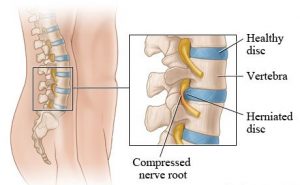Standard medical studies will tell you that there is no way to regenerate (or reverse); the process of degeneration on your spinal discs. But with the case of degenerative disc disease becoming more prevalent now than ever before; health researchers are looking to explore new treatment options like stem cell.
In the past few years, surgery provided the only solution for the degeneration of vertebral discs in your spine. Especially if none of the other non-invasive treatment options proved futile. But a new study has been issued that showcases the efficacy of stem cell transplant against the said condition. This conclusion was derived after researchers conducted a meta-analysis on animals. And they believe that the findings from this study will lead to human treatments eventually.
Therapies
This is a landmark study that health researchers; and professionals believe will be a breakthrough for studies involving the degenerative disc disease. The end goal here is to help patients normalize their life and productivity by improving mobility in the affected area.
According to the researchers of stem cell transplant against degenerative disc disease, the therapy can bring forth many benefits. The first one is the ability to increase the disc height to reduce contact in between discs with every movement; and consequently easing the pain. It also provides a boost in disc water content that greatly improves range of movement. Without the water content in between the disc; can cause pain when those discs come into contact with each other. The researchers who have done the same study are looking forward to taking this breakthrough study into clinical trials.
Stem Cell Therapy
So, how does stem cell therapy or transplant work for degenerative disc disease? It starts by obtaining the stem cells from the patient, particularly from the hip bone or fat cells. The cell samples are then studies and separate primitive cells that can aid in healing tissues. These stem cells are then injected to the disc to stimulate the healing process. The healing comes as a result of the collagen introduced to the disc creating a regeneration of the spinal discs. The fact that the stem cells are obtained from an adult addresses the debate on using embryonic stem cells.
The risks of stem cell treatment are aplenty and can vary according to which area is being treated. However, stem cell transplant carries risks of nerve damage, or infection. Allergic reaction isn’t a concern because the stem cells are obtained from your own. But health experts would like to proceed with caution. This is to ensure that you aren’t causing your body more harm than good.
Conclusion
While the technology is promising, you need to take extra precaution. The studies on the use of stem cell therapy to cure degenerative disc disease are still in the earliest stage. More clinical trials have to be done in order to understand the potential benefits and side effects of the treatment. Even the scientists who worked on this study are looking at safety, efficacy; and feasibility as the next part of their study with the use of stem cell for degenerative disc disease.




 I love to write medical education books. My books are written for everyone in an easy to read and understandable style.
I love to write medical education books. My books are written for everyone in an easy to read and understandable style.